If You Can’t Beat ‘Em, Substitute ‘Em!
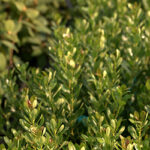
With Boxwood still in limbo I thought I would give a refresher on some plant substitutions that have been flyin’ out the door as a replacement.
I would have to start with Ilex glabras – seriously! I would have considered these an underused plant, but their time has come to step out in the world! “Inkberries” are hardy to a zone 4, not too bothered by wet feet, and can take part shade. They are not as deer-resistant as boxwood but are on the ‘least browsed’ list. Ilex glabra do not like our alkaline soils and to look their best with an acidic fertilizer applied. (Our alkaline soils are why they get yellow.) They are also salt tolerant. Straight Ilex glabra gets rather leggy and is known to sucker. However, the newer cultivars are an improvement in both leafing all the way down and less suckering (…they say no suckers but… I don’t always believe what they say.)
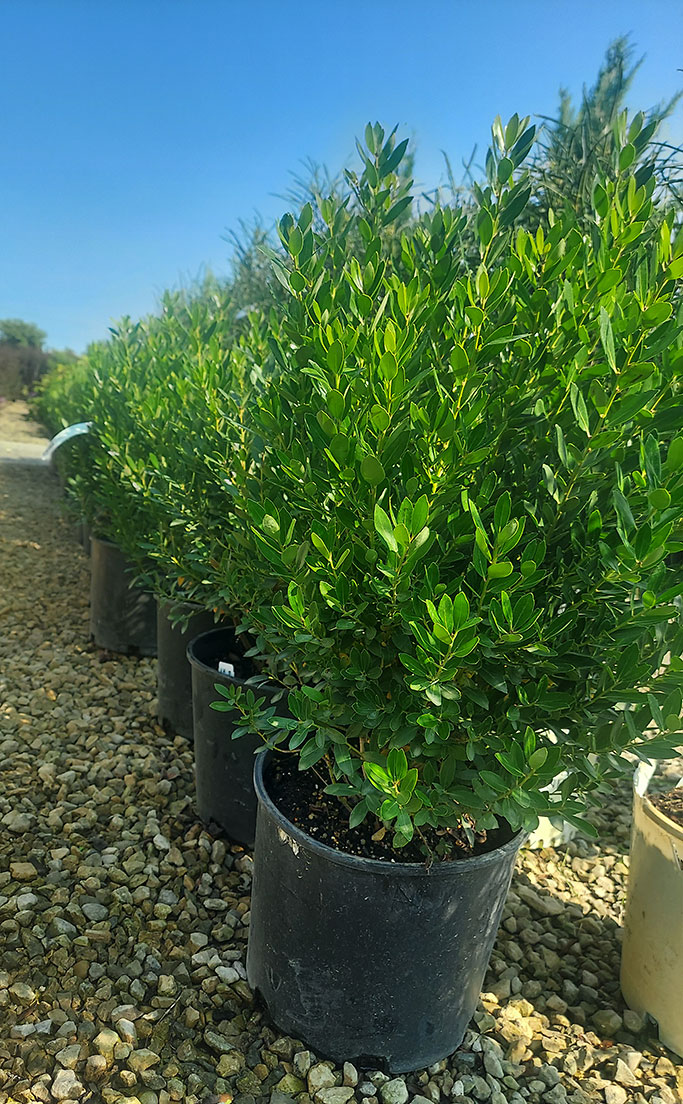
There are 3 new ones from Proven Winners. They are bred to have better disease resistance as well as leaves all the way to the ground.
Fun fact of the day: Why are they called “Inkberry”? Civil War soldiers used the sap as ink to write letters home.
Even “Mugos” have seen a resurgence. Pinus mugo prefers full sun but is light-shade tolerant. Of all the evergreens it is the one that gets the least winter burn. They will tolerate our heavier soil but prefer something a little sandier. Pinus mugo is also deer-resistant and tolerates salt. Nothing new and fab but some tried and true ones are available…
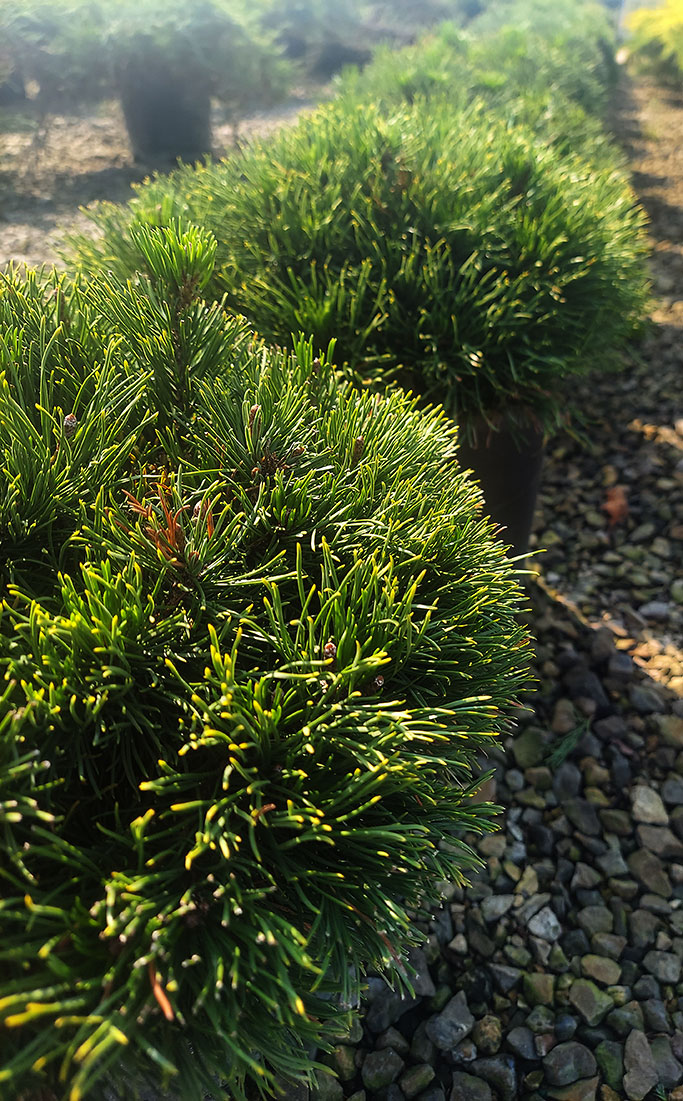
Globe shaped Thuja occidentalis have been moving up the popularity ladder for the last several years. The Globe “Arbs” have some newer well-behaved cultivars (not that the older cultivars are not well-behaved!!). Thujas will take our alkaline soil as well as wet soils. They prefer full sun but will take part shade.
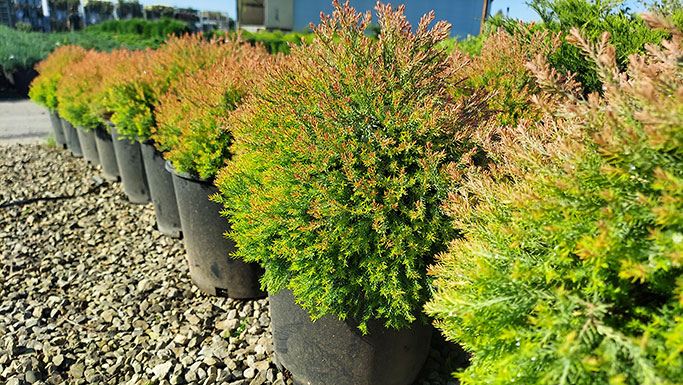
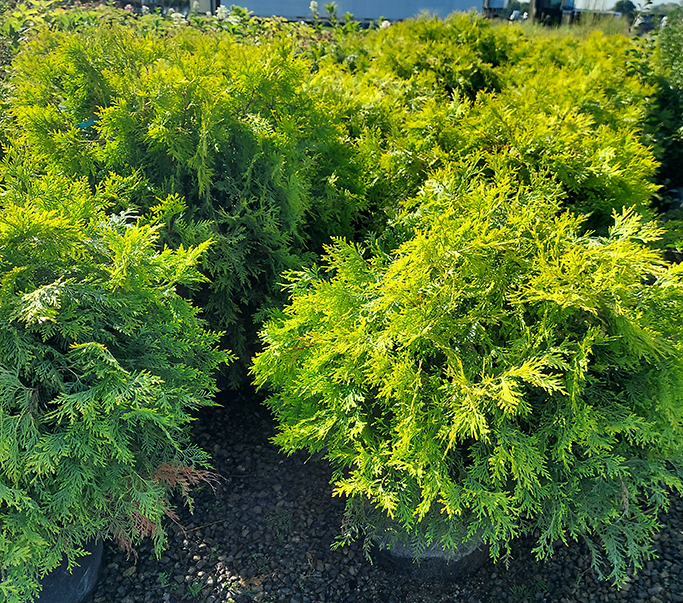
There is one more “Globe Arb” to mention. T.o ‘Aurea’ (group). They are kind of a mishmash of yellowish foliage globe arbs. They usually only reach about 2-3’ x 2-3’
I hope I’ve given you enough alternatives to think about. If that’s not enough, there are a few other options – Mirobiota, Myrica, “Chamy’s” or even “Barberry”. Maybe I’ll delve into those suggestions in a future article. But for now, check out the above varieties.
Until next time!
